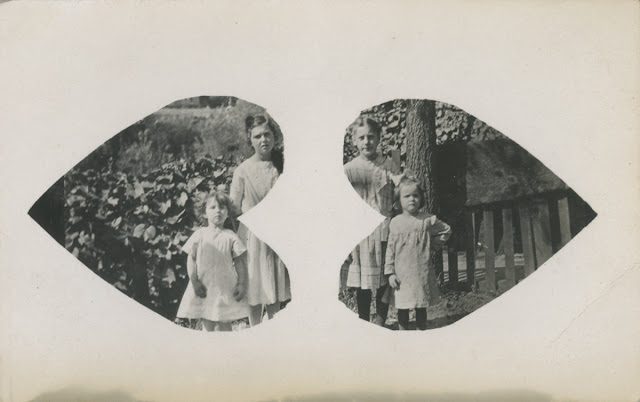In 1903 Kodak introduced the No. 3A Folding Pocket Kodak. The camera, designed for postcard-size film, allowed the general public to take photographs and have them printed on postcard backs, usually in the same dimensions as standard vintage postcards. Many other cameras were used, some of which used glass photographic plates that produced images that had to be cropped in order to fit the postcard format.
In 1907, Kodak introduced a service called “real photo postcards,” which enabled customers to make a postcard from any picture they took. While Kodak was the major promoter of photo postcard production, the company used the term “real photo” less frequently than photographers and others in the marketplace from 1903 to ca. 1930.
Old House Journal states that “beginning in 1902 Kodak offered a preprinted card back that allowed postcards to be made directly from negatives.” This technology allowed photographers to travel from town to town and document life in the places they visited. Old House Journal continues: “Local entrepreneurs hired them to record area events and the homes of prominent citizens. These postcards documented important buildings and sites, as well as parades, fires, and floods. Realtors used them to sell new housing by writing descriptions and prices on the back. Real photo postcards became expressions of pride in home and community, and were also sold as souvenirs in local drug stores and stationery shops.”




























0 comments:
Post a Comment